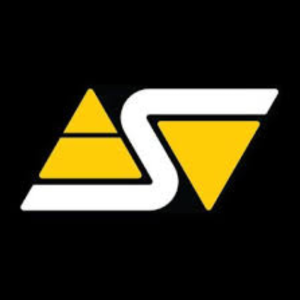Superior thermal performance compared to full-cover solutions
|
- Because the cooling solution is specific to the GPU module, it is not mechanically dependant of other thermal joints compared to full-cover blocks that must also cool memory and VR's. As a result, the GPU thermal joint is always optimal;
- Same cooling engine as the Apogee XT: 0.25mm x 0.25mm micro pin matrix;
|
Moderate pressure drop specifications |
As can be seen in the performance section, the MCW82 is close to its early predecessor the MCW60 in terms of pressure drop specifications
|
Minimum pressure drop when setup in parallel in SLI or CrossFire configurations |
- Hydraulic performance: contrarily to popular belief, setting up 2 restrictive blocks in parallel is a vastly superior solution to setting up in series; in theory (i.e. without acounting for fittings) fluid mechanics show that the pressure drop of 2 of the same blocks setup in parallel is 1/4th that of a single water-block. By contrast, the pressure drop of 2 blocks in series is twice that a single block; it follows that the pressure drop of 2 blocks in parallel is 1/8th that of 2 blocks in series. In practice though and when accounting for fittings, the pressure drop of 2 blocks in parallel will fall to approximately 1/4th of 2 blocks setup in series.
-Thermal performance of water blocks in parallel vs. series was also demonstrated in this white paper.
|
Easy to setup in SLI or CrossFire |
All that is needed is a couple of simple T fittings ! |
Lower cost of ownership |
The block is compatible with most reference design graphic cards (as well as many non reference models), thanks to a host of adapter brackets. New bracketry is also updated on an ongoing basis as new graphic cards come out. As a result, it is likely that you will be able to keep your MCW82 next time you upgrade to a new graphics card.
|











































